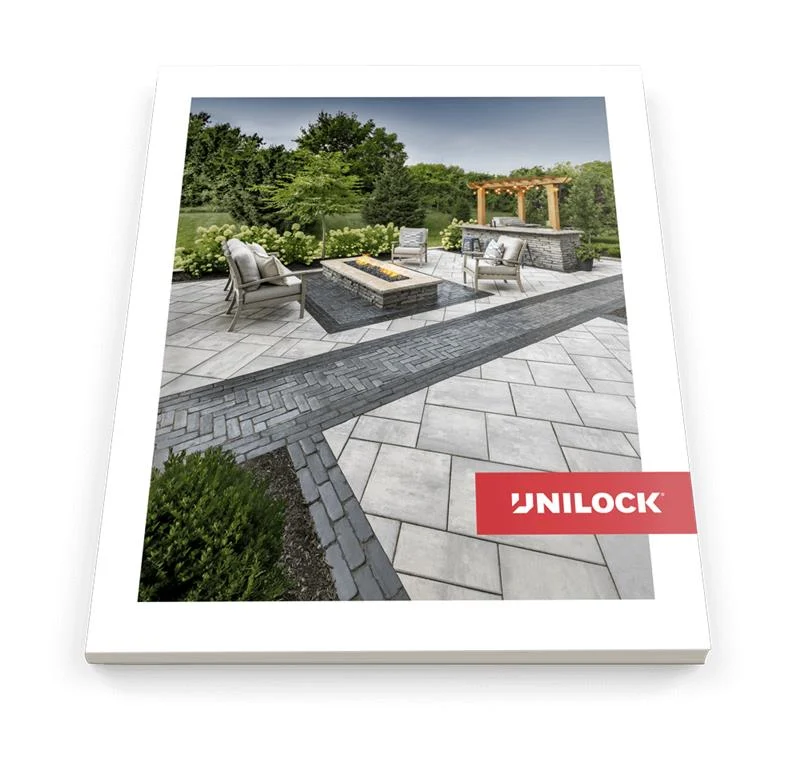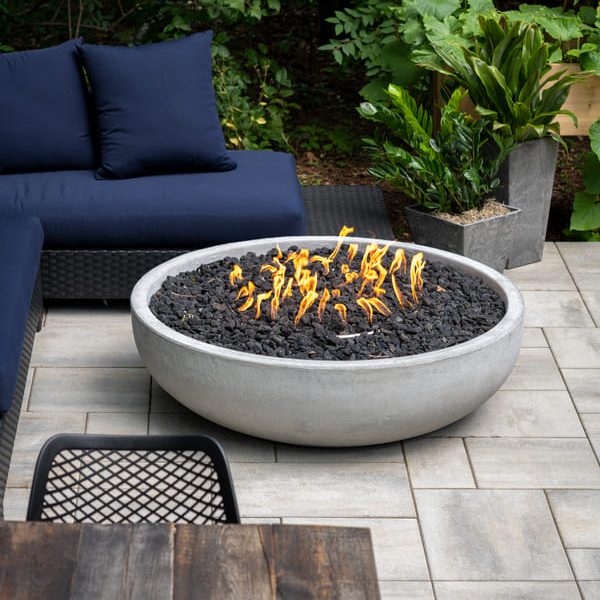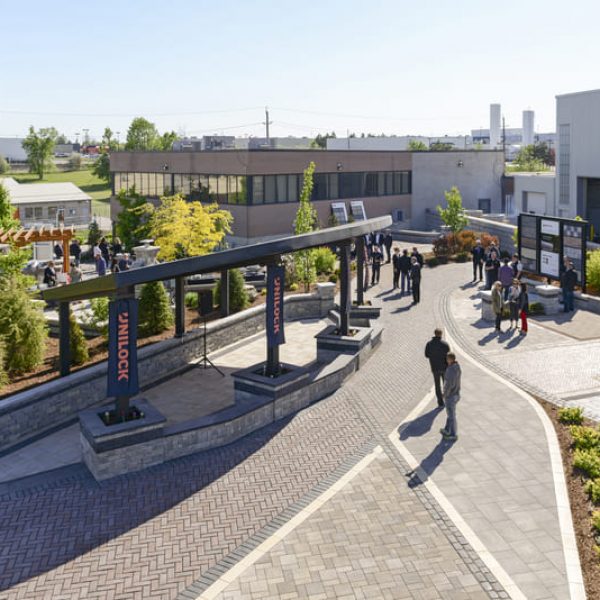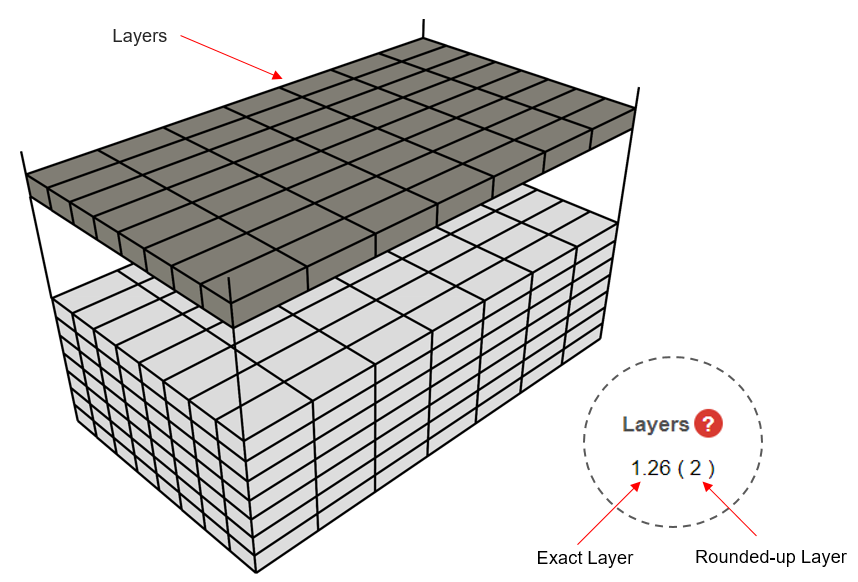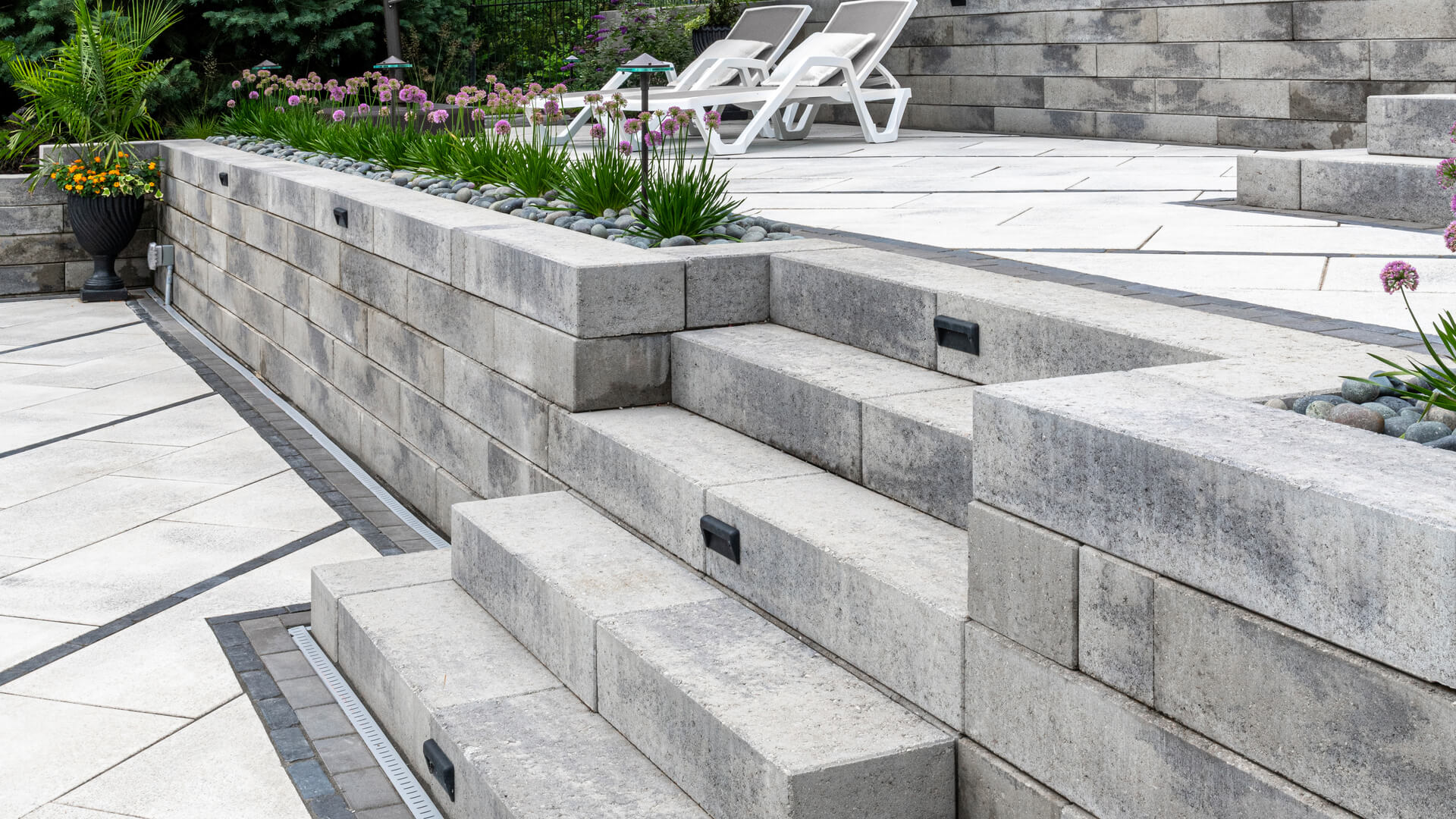
Retaining walls are invaluable landscaping features when it comes to turning a sloped, unusable property into functional outdoor space. If your Rye Brook, NY landscape features a steep grade, you may be wondering if a retaining wall can help. To better decide if a retaining wall is the solution for your yard, it can help to understand how they work.
What is a Retaining Wall?
A retaining wall is a vertical structure that holds back soil to prevent erosion and create level areas in a landscape. Retaining walls can be made from a variety of materials including concrete, wood, and stone. Both the construction method and materials will have an impact on the durability and stability of the wall.
Retaining walls can be straight or feature curves and can enhance a landscape in various ways. With the addition of smooth coping, they can serve as permanent additional seating, or they can help increase privacy by acting as the backdrop for outdoor rooms.
Types of Retaining Walls
There are four main types of retaining walls, including Gravity Walls, Piling Walls, Cantilever Walls, and Anchored walls. Each type has its strengths and benefits.
Gravity walls use the weight of the wall to hold back soil. They are best suited to small slopes requiring walls of less than 3-feet in height. Piling walls feature long poles that extend into the ground and form the supports for the wall. The poles provide support and help make the wall more stable
Cantilever walls are similar to gravity walls, but they also feature a base slab that extends back into the ground. The base slab uses the weight of the soil and backfill material to stabilize the wall. Anchored walls use tension supports, that are anchored to the soil or rock to support the wall and resist pressure. The anchors can also be combined with other types of retaining walls for additional support.
Related Read: Tips for Choosing the Right Retaining Wall for Your Long Island Home
Planning a Retaining Wall
A retaining wall is constantly working against gravity to prevent erosion. To do this job successfully, the wall requires careful planning and well-engineered construction. Factors such as soil type, slope size, and weather patterns can all affect the stability of a retaining wall. Having a professional landscape consultant or engineer design the wall will help ensure that you use the right type of wall for your property and that it will hold up to its environment.
Other Factors to Consider
A retaining wall will last longer and be more effective if factors such as drainage, soil conditions and proximity to other structures are taken into consideration. Properties with a steep grade often have severe water runoff. Retaining walls can help control the flow of rainwater by incorporating drainage that helps direct the water. With proper planning, the water can even be sent to plant beds or dry areas of a landscape.
If a home is downhill, erosion and water runoff can sometimes wash away the soil around the foundation, causing major problems. A retaining wall can prevent erosion and redirect water to provide long-term stability.
The location of utilities should always be taken into consideration when constructing a retaining wall. If the utilities need to be accessed in the future, the design of the wall will have to accommodate future digging.
High-quality materials are a must for long-lasting retaining walls. Trust Unilock wall units such as Concord Wall, SienaStone, or Durahold for heavy-duty applications.
